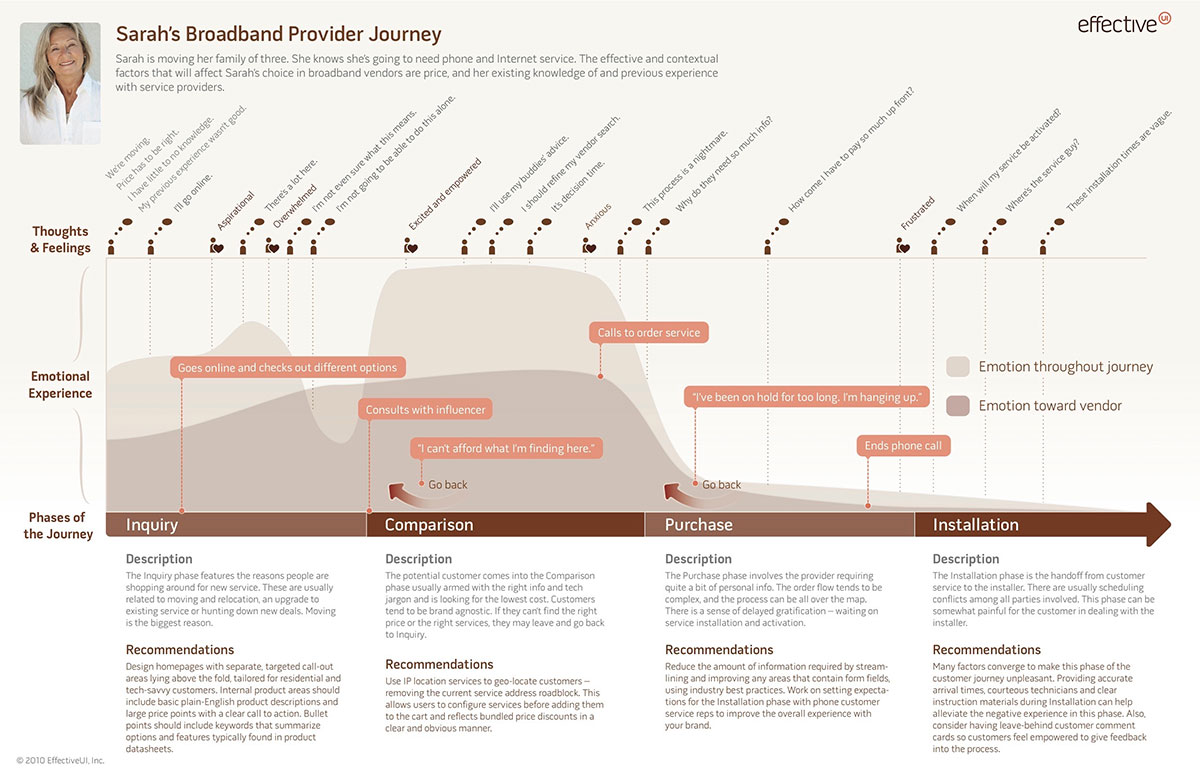tl;dr: Focus your audience on the Product's purpose
In the absence of a clear product strategy, use the User Journey Map and documented workflows to remove executive opinion and self-interest from the discussion.
A formula for attention deficit disorder

Everything is not important at the same time in the same place.
If you don't provide a clear path, users will struggle to find their next action.
increasing the number of choices will increase the decision time logarithmically
That last word is a bad thing. The longer it takes the user to decide the more stress they feel and the more likely they are to be dissatisfied and possibly abandon your app.
Establishing priorities
Your team probably doesn't believe that attention is unlimited. They just need help identifying the most important things.
Everyone naturally has some amount of bias toward their area of responsibility. So how do you get everyone on the same strategic path?
You have to eliminate domain ownership from the conversation and get right to the point:
We will be successful when we make our users successful at [ … ]
That goal will change from one view to another, but there are overarching goals that the product needs to address.
Allows designers to frame the consumer’s motivations and needs in each step of the journey, creating design solutions that are appropriate for each.
UXDesign.cc

Developing an accurate diagram of the user's journey is one of the best ways to understand and visualize your priorities. This understanding should inform the creation of a clear product strategy. If you haven't gotten executive agreement on such a strategy, you just have to work directly from the User Journey Map to reference reality.
Workflow diagrams
the user perspective of the site organization, making it easier to identify which steps could be improved or redesigned
UXDesign.cc

Drilling down a level deeper, documented workflows will help to expose the detail of what the user needs at any given point. The "prominence" of a given feature should be directly tied to its place in the workflow and its intersections with the larger scope of possible workflows happening at that point in the Product.
Use your metrics
The Journey and Workflow should be based on real data. You may have to start with a hypothesis, but it should be backed up over time.
Pointing to real product metrics in support of the claim that …
feature A is more critical than feature B within view 4 because [… data …]
keeps the design process on track and the strategy focused on meaningful enhancements.
It's a process
As the company matures into this way of thinking (if they are willing to do so) you won't have to be the strategy cop all the time. Others will usually see the light and start speaking up on their own.
Eventually, you want everyone to think in terms of …
- The Product's core purpose
- The current Initiatives
- How the Initiatives will be accomplished (Epics)
- Where it all fits on the Roadmap
How can we get to this point as quickly as possible ...
The sprint is a five-day process for answering critical business questions through design, prototyping, and testing ideas with customers.

I don't know of a faster way to get a team all working toward the same strategic set of priorities. Sometimes the word "design" throws the stuffy suit types off. You can also call this a Product Summit or Strategy Summit. If you need to go that route, just make sure you have the right "business sponsor" pushing the effort. The Product or UX Designer should still be the facilitator, but putting a suit at the front of the message can help.




